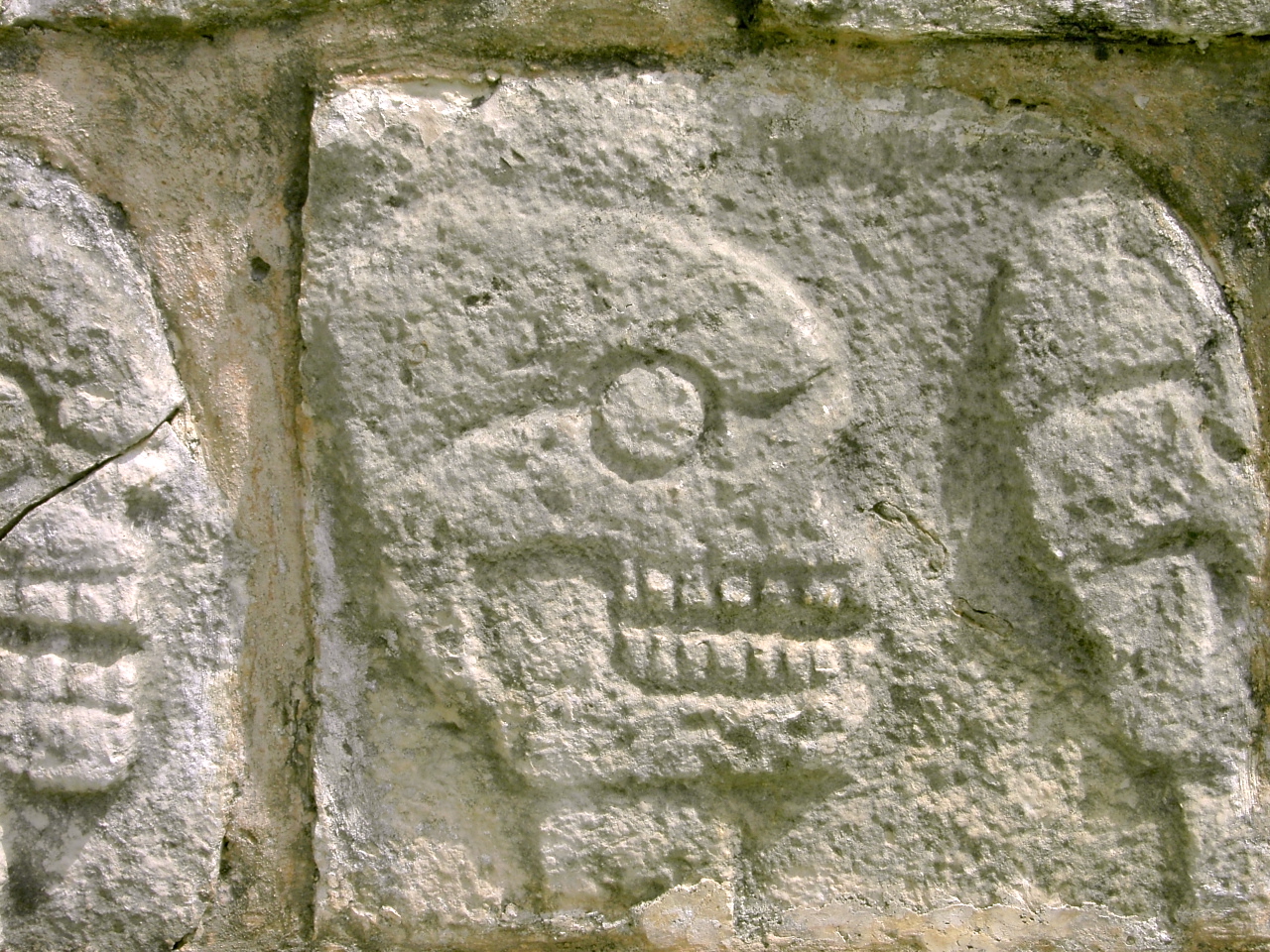Media release
From:
Ancient genomes uncover details of Mayan human sacrifice rituals
Insights into burial rituals in the ancient Mayan city Chichén Itzá are gained through the analysis of ancient DNA from 64 individuals who were likely sacrificed over a period of 500 years. The findings, published in Nature, indicate that many individuals found in an underground storage chamber were closely related and demonstrate genetic continuity in the Maya region into the present day.
The ancient city of Chichén Itzá in Yucatán, Mexico, became a dominant Mayan settlement during the Terminal Classic period (800–1000 AD). Evidence of ritual sacrifices are abundant throughout the site, including the Sacred Cenote, a large sinkhole containing the remains of more than 200 individuals. However, details surrounding the ceremonial practices remain unclear.
In 1967, a chultun — an underground cistern or water storage chamber — containing more than 100 young individuals was discovered near the Sacred Cenote. Ancient DNA from 64 of these individuals has been recovered and analysed by Rodrigo Barquera, Oana Del Castillo-Chávez, Johannes Krause and colleagues. Radiocarbon dating indicates that the chultun was in use between the early seventh century AD and the mid-twelfth century AD. The genetic analyses reveal that all 64 individuals were male, and around 25% of those analysed were closely related, including two sets of twins. By contrast, young adult females and male and female children have been found in the Sacred Cenote. Ritualistic sacrifice of children has been speculated to support crop yields and rainfall, the authors note, and twin sacrifice has been associated with Mayan mythology.
In addition to uncovering the identity of the individuals found in the chultun, the genetic comparison with present day people from the region reveal genetic continuity. This finding suggests that the sacrificed individuals were from nearby Mayan communities rather than from further away. The authors also identify variation in genetic sequences associated with immunity that might indicate adaption due to infectious diseases, such as Salmonella enterica, brought to the region during the colonial period.
Together, the findings imply a preference for the sacrifice of male children in the context of the chultun, as well as providing insights into the genetic history of people in this region.
Multimedia






 Australia; International; SA
Australia; International; SA



